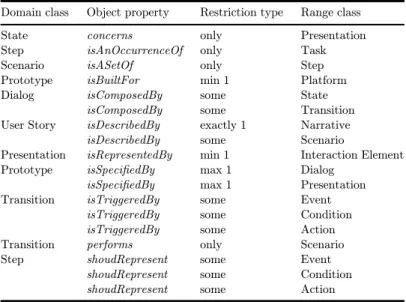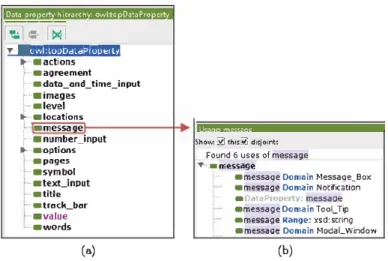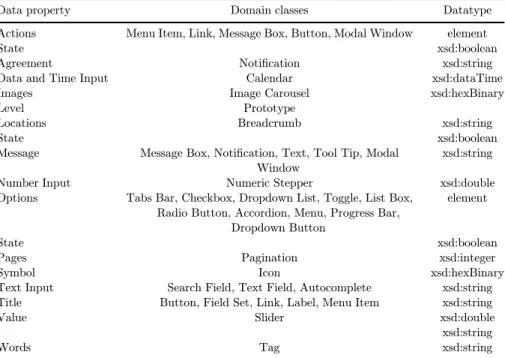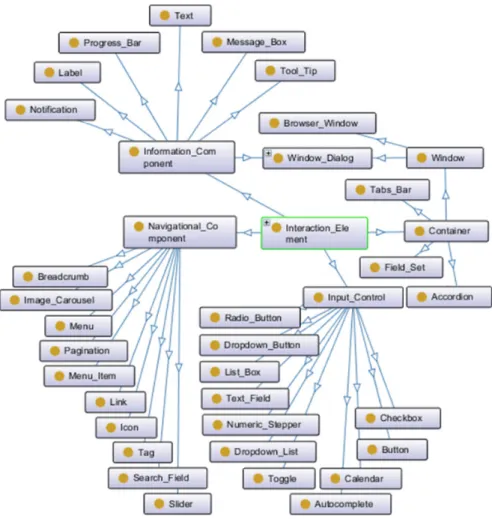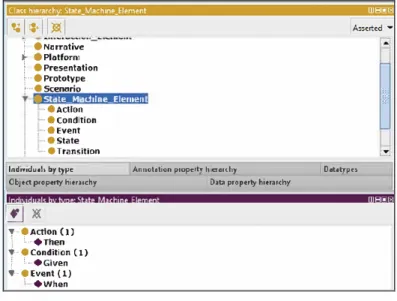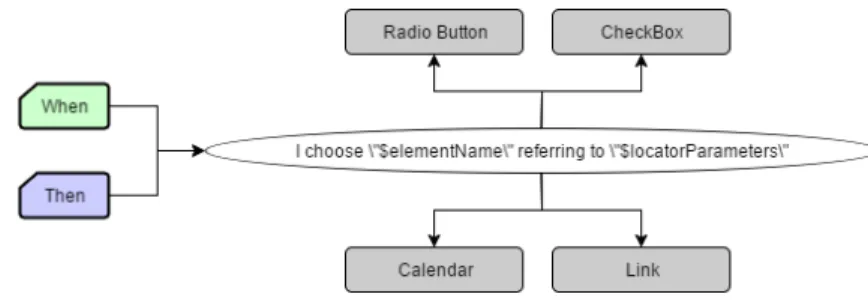A Formal Ontology for Describing Interactive Behaviors and Supporting Automated Testing on User Interfaces
Texte intégral
Figure
![Fig. 1. The Cameleon reference framework (from [7]).](https://thumb-eu.123doks.com/thumbv2/123doknet/13384637.404928/5.702.211.495.704.877/fig-the-cameleon-reference-framework-from.webp)
![Figure 2 presents the conceptual model of our approach. Requirements are expressed as a set of User Stories (US) encompassing a Narrative and AcceptanceInterface)[10].Forthedialogcomponent,SWC[9]andSXCML(StateChartXML:](https://thumb-eu.123doks.com/thumbv2/123doknet/13384637.404928/6.702.85.618.374.535/conceptual-requirements-expressed-encompassing-narrative-acceptanceinterface-forthedialogcomponent-statechartxml.webp)
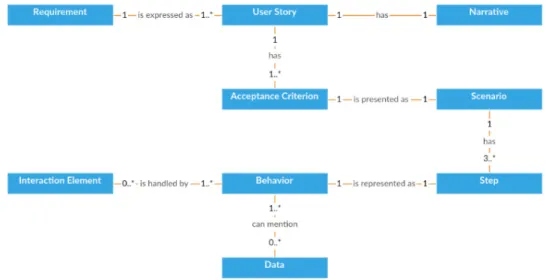
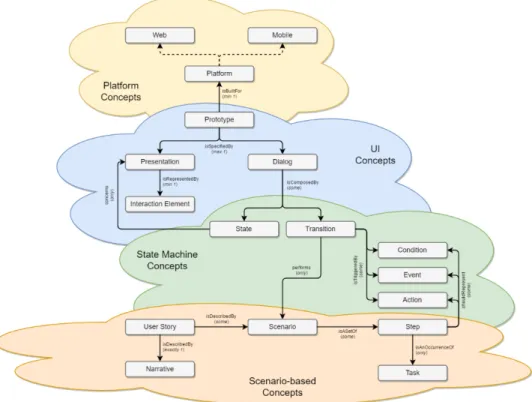
Documents relatifs
5.3.1.2 Necessity to formalize artefacts within the project workspace ... Annotations for assisting stakeholders in their activities ... Management of the relationship of an
Comprehensively testing interactive systems thus requires a large set of skills provided by usability experts, software engineers, human-factor specialists, etc.. So far,
Software testing is the process of evaluating a system or component during or at the end of the development or implementation process to determine whether it satisfies
Beyond the generic nature of the processes presented in the previous section lies ap- plication domain-specific constraints and uses that may deeply influence the way to conduct
Bed roughness is characterized using a time-varying Manning coefficient, estimated using a friction equation accounting for the vegetation development (growth and
We have taken a traditional, mature course in paradigms of computer programming and we have recast it in a new course containing two tracks: a SPOC (Small Private Online Courses)
The accessible energy calculated by the model at 4.65 K and 3.55 K is lower than that of the experimental results, but higher at 2.55 K. Therefore, depending of the real value
As we discussed above, current approaches to automate test cases generation for interactive systems do not cover advanced interactive features (i.e. post-WIMP) and
